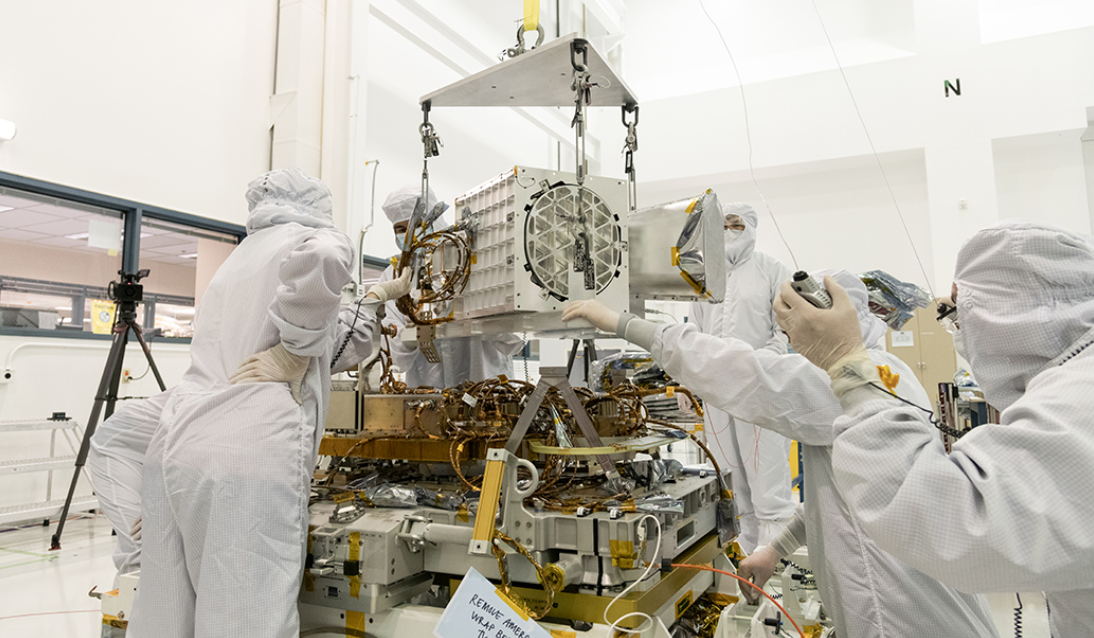
Credit: NASA
After a monthlong delay, SpaceX’s 25th NASA-contracted resupply mission is prepared for launch to the International Space Station (ISS) late July 14 from the agency’s Kennedy Space Center in Florida. The SpaceX Falcon 9 rocket and its Dragon resupply capsule—loaded with a 5,800-lb. cargo that...
Subscription Required
This content requires a subscription to one of the Aviation Week Intelligence Network (AWIN) bundles.
Schedule a demo today to find out how you can access this content and similar content related to your area of the global aviation industry.
Already an AWIN subscriber? Login
Did you know? Aviation Week has won top honors multiple times in the Jesse H. Neal National Business Journalism Awards, the business-to-business media equivalent of the Pulitzer Prizes.
